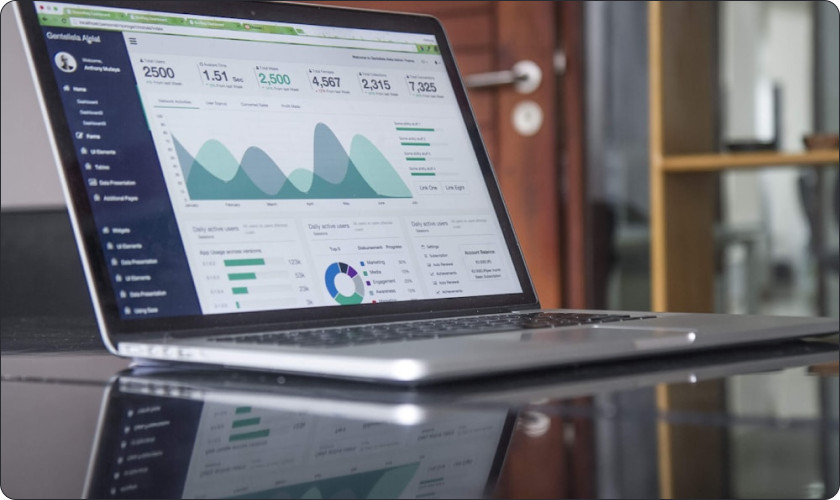Innovation at the Crossroads of Art and Science
In a world driven by rapid technological advancement, creativity has emerged not as a luxury—but as a necessity. The most groundbreaking innovations today are born where artistic imagination meets scientific precision, where human intuition partners with intelligent machines. This intersection of creativity and technology is not just shaping the future—it’s building it.

Creativity and Technology: Once Opposites, Now Allies
Traditionally, creativity was the domain of artists, designers, and dreamers, while technology was seen as the realm of engineers and programmers. But those lines are blurring. Whether it’s an architect designing smart cities, a filmmaker using AI to write scripts, or a startup founder crafting intuitive digital products—today’s innovators speak both languages fluently.
Creative thinking is now central to technological development. It helps frame the right questions, imagine new applications, and solve problems in ways logic alone cannot. Meanwhile, technology amplifies creative output, enabling faster prototyping, data-informed decisions, and tools that were once the stuff of science fiction.
Why It Matters Now
Three forces are accelerating this convergence:
1. Access to Tools
Cloud-based platforms, AI, and no-code software are democratizing creation. Anyone with an idea can now build, launch, or publish.
2. Changing Expectations
Audiences want not just functionality, but beauty, ethics, and purpose. The best technology today feels intuitive, emotional, even artistic.
3. Need for Differentiation
In saturated markets, innovation alone isn’t enough. It’s the creative layer—the design, the storytelling, the emotional resonance—that sets winners apart.
Real-World Examples of the Fusion
-
Art & Design: Artists use AI and generative algorithms to create dynamic, evolving works. Designers leverage virtual reality to simulate spaces and test experiences before they’re built.
-
Music & Media: Musicians collaborate with software to compose new genres. Streaming platforms use machine learning to tailor playlists with emotional accuracy.
-
Marketing & Storytelling: Brands use data and automation to tell stories at scale—personalized, contextual, and creative.
-
Product Innovation: Tech companies are hiring storytellers, illustrators, and behavioral scientists to help shape user experience in meaningful, human ways.
The Future of Innovation Is Hybrid
Looking ahead, the most impactful ideas will come from hybrid thinkers—people and teams who move easily between the analytical and the imaginative. They won’t just build apps; they’ll craft experiences. They won’t just automate tasks; they’ll reimagine how humans interact with systems.
We’re entering an era where creativity isn’t just enhanced by technology—it’s inseparable from it.
Innovation is no longer a straight line—it’s a conversation between logic and imagination, code and concept, data and dreams. The real breakthroughs of the 21st century will come not from choosing between art or science, but from blending them into something entirely new.
"In a world powered by code, imagination is the language that shapes what’s possible."